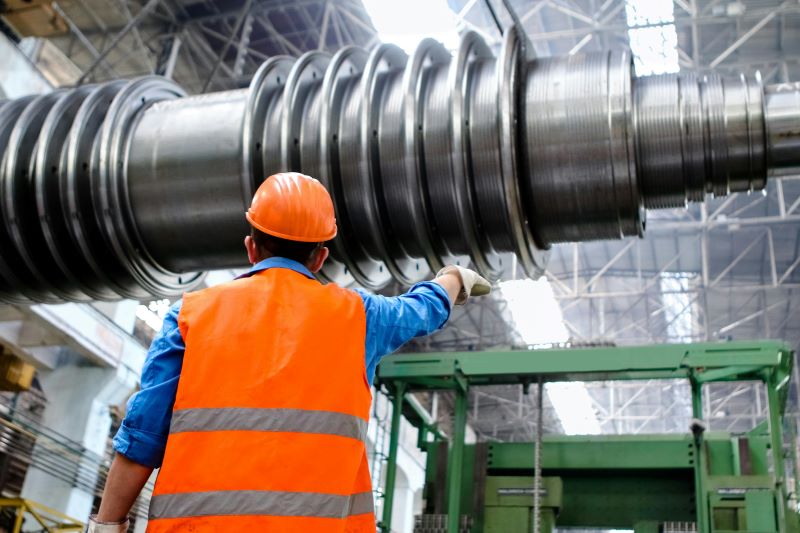
Hi-vis clothing is used to keep workers safe by increasing their visibility in hazardous environments. It combines bright, fluorescent colours for daylight and reflective strips for dark environments to help workers stand out to vehicle operators, reducing the risks of accidents and collisions.
All hi-vis clothing falls into one of three hi-vis classes as defined by the European standard EN ISO 20471. Each class indicates a different level of protection based on the minimum surface area of fluorescent and reflective materials.
Hi-Vis Class 1
Class 1 hi-vis clothing provides the lowest level of protection and visibility and is therefore only suitable for low-risk environments where there is less vehicle movement and minimal risk from heavy machinery.
Class 1 hi-vis garments are required to have at least:
- 0.14 m² of fluorescent material (often yellow or orange fabric).
- 0.10 m² of retro-reflective material (reflective strips).
Some examples of a Class 1 hi-vis outfit include hi-visibility trousers without a hi-visibility top or a hi-vis vest featuring reflective tape, but without sleeves.
Hi-Vis Class 2
Class 2 hi-vis clothing offers an intermediate level of visibility and is required for environments with a moderate risk level, such as road construction, construction sites and airport ground crews.
Class 2 hi-vis garments are required to have at least:
- 0.50 m² of fluorescent material.
- 0.13 m² of retro-reflective material.
Some examples of a Class 2 hi-vis outfits include sleeveless hi-vis T-shirts with two horizontal reflective bands or hi-vis bodywarmers and jackets.
Hi-Vis Class 3
Class 3 hi-vis clothing offers the highest level of visibility and protection, making it ideal for high-risk environments where workers are exposed to fast-moving traffic or other hazards from all angles.
Class 3 hi-vis garments are required to have at least:
- 0.80 m² of fluorescent material.
- 0.20 m² of retro-reflective material.
Class 3 visibility outfits must cover the torso, arms and legs and have reflective tape across all of these areas to ensure visibility from all angles.
All EN ISO 20471 compliant hi-vis clothing should have a label that indicates the hi-vis class. To find out which class of hi-vis clothing is needed for your specific working conditions, you will need to carry out a thorough risk assessment.
At Class Workwear, we can add your logo or custom design to all classes of hi-vis clothing without compromising worker safety and visibility – so trust us to outfit your workforce!
Browse Class 1 Hi-Vis Browse Class 2 Hi-Vis Browse Class 3 Hi-Vis
If you have any questions about our hi-visibility workwear or customisation processes, please get in touch with our team at Class Workwear today.
